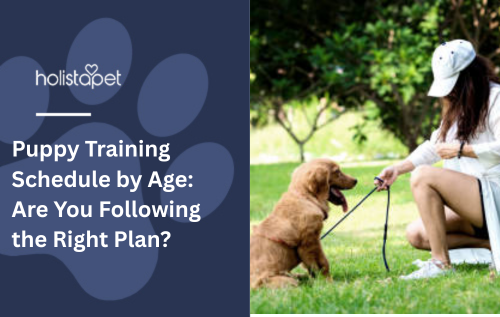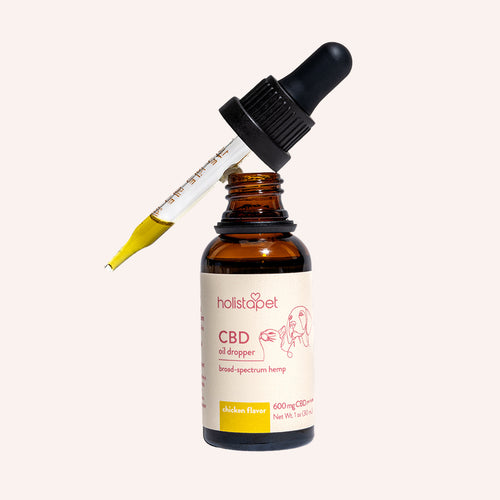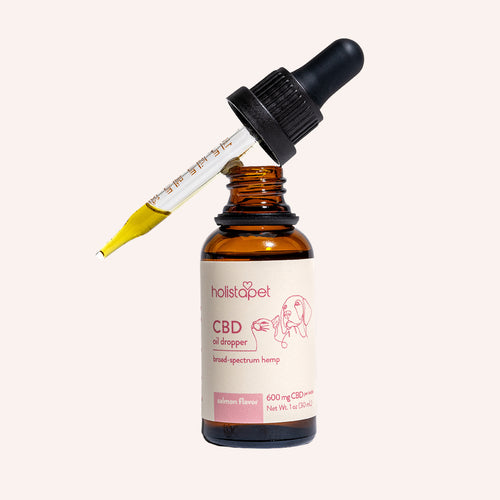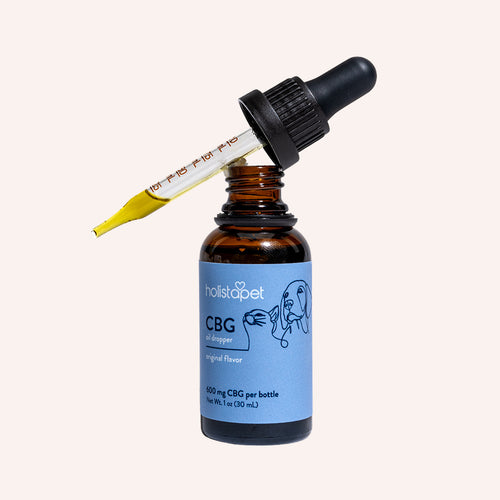Bringing a new puppy home is exciting, but it also comes with a lot of responsibility. One of the most important aspects of raising a happy, well-behaved dog is puppy training. But here’s the big question: When should you start training your puppy, and what’s the best schedule to follow as they grow?
To help you set your furry friend up for success, we’ll break down a puppy training schedule by age so you can guide your pup through every stage of development.
 Why a Training Schedule Matters for Puppies
Why a Training Schedule Matters for Puppies
A consistent training schedule helps your puppy:
-
Build good habits early
-
Learn basic commands faster
-
Develop social skills with people and other dogs
-
Avoid destructive behaviors
-
Grow into a confident and obedient adult dog
Puppy Training Schedule by Age
8–10 Weeks Old: The Foundation Stage
At this young age, your puppy is like a sponge. Focus on:
-
House training: Take your puppy outside frequently, especially after meals and naps.
-
Name recognition: Teach your pup to respond to their name.
-
Basic commands: Start with “sit,” “come,” and “stay” using positive reinforcement.
-
Socialization: Expose your puppy to different sounds, people, and gentle handling.
10–16 Weeks Old: Socialization and Basic Skills
This is a crucial learning stage. Work on:
-
Expanding vocabulary with commands like “leave it” and “down.”
-
Continued potty training consistency.
-
Introducing your puppy to other dogs (once vaccinated).
-
Short leash walks to get used to collars and harnesses.
4–6 Months Old: Building Confidence
Your puppy may test boundaries during this stage. Focus on:
-
Reinforcing commands and practicing recall in different environments.
-
Teaching bite inhibition and discouraging chewing.
-
Crate training for safe alone time.
-
Beginning structured playtime and longer walks.
6–12 Months Old: Teenage Phase
This stage can be challenging as your puppy gains independence. Stay consistent with:
-
Advanced commands like “heel” and “wait.”
-
Longer training sessions (10–15 minutes).
-
Continued socialization to avoid fear-based behaviors.
-
Setting boundaries to prevent bad habits from sticking.
12 Months and Older: Adulthood Training
By now, your dog should have a solid foundation, but training doesn’t stop. Focus on:
-
Advanced obedience or agility training.
-
Mental stimulation with puzzle toys or trick training.
-
Reinforcing good behavior daily.
-
Maintaining regular exercise to avoid boredom.
 Frequently Asked Questions
Frequently Asked Questions
Q: When should I start training my puppy?
A: You can start basic training as early as 8 weeks old. Keep sessions short and positive.
Q: How long should training sessions last?
A: Puppies have short attention spans. Aim for 5–10 minutes several times a day.
Q: What’s the most important command to teach first?
A: “Come” is essential for safety, but pairing it with “sit” helps build obedience.
Q: What if my puppy isn’t responding to training?
A: Be patient and consistent. Use treats, praise, and keep training fun. If issues persist, consider working with a professional trainer.
Final Thoughts
Raising a well-trained puppy takes time, patience, and consistency. Following a puppy training schedule by age ensures that your furry companion learns the right skills at the right time, setting them up for a lifetime of good behavior.
Remember, every puppy is unique. Adjust the training pace based on your dog’s personality, breed, and energy level. With love and dedication, you’ll soon have a loyal and well-mannered best friend by your side.
✅ Helpful Note: Consistency is key—training isn’t about perfection but about progress. Celebrate small wins, stay patient, and enjoy the journey of raising your puppy.


 CBD Oil for Dogs - Fast Acting
CBD Oil for Dogs - Fast Acting
 Chicken Flavored CBD Oil For Dogs - Easy Dose
Chicken Flavored CBD Oil For Dogs - Easy Dose
 Salmon Flavored CBD Oil For Dogs - Highly Rated
Salmon Flavored CBD Oil For Dogs - Highly Rated
 CBG Oil for Dogs and Cats - Loved by Thousands
CBG Oil for Dogs and Cats - Loved by Thousands





Leave a comment
All comments are moderated before being published.
This site is protected by hCaptcha and the hCaptcha Privacy Policy and Terms of Service apply.